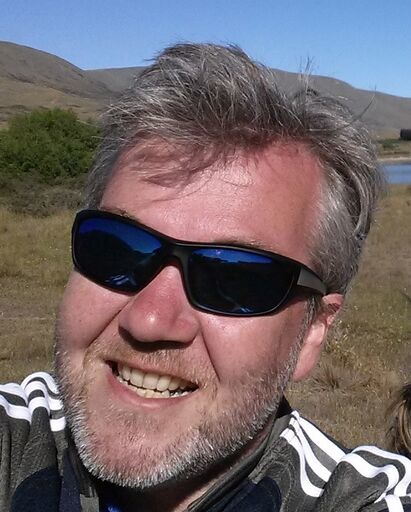Fate and exposure modelling of nanomaterials: The NanoFASE Model Catalogue
Fate and exposure modelling of engineered nanomaterials (ENMs) is important for understanding where nanomaterials following their release may be found in the environment and in what concentrations (including concentrations within living organisms).
Fate and exposure models can be constructed with different levels of complexity, for different purposes. A model used to screen nanomaterial fate and exposure over extended geographical areas may be relatively simple. By contrast, a model for predicting the environmental fate of nanomaterials over time within e.g. a specified river catchment will be more complex.
NanoFASE has created a new water-soil-organism (WSO) model for this more complex spatiotemporal assessment. The project has also used and modified other models to complement the NanoFASE model. Details of the models and algorithms, including how environmental compartments are modelled by NanoFASE, are linked below. The reader is directed to different types of pages (models, processes…) in order to gain maximum conceptual understanding of how the NanoFASE fate and exposure assessment framework functions. The linked items below together constitute a catalogue of models.
 |
Fate models |
A screening-level model: A long-range (regional scale) spatiotemporal atmospheric substance transport and deposition model: A relatively complex multimedia spatiotemporal model: |
 |
Atmospheric modelling algorithms |
Atmospheric dry deposition |
Contact

Stephen Lofts
Centre for Ecology and Hydrology (CEH)
Email: stlo@ceh.ac.uk


